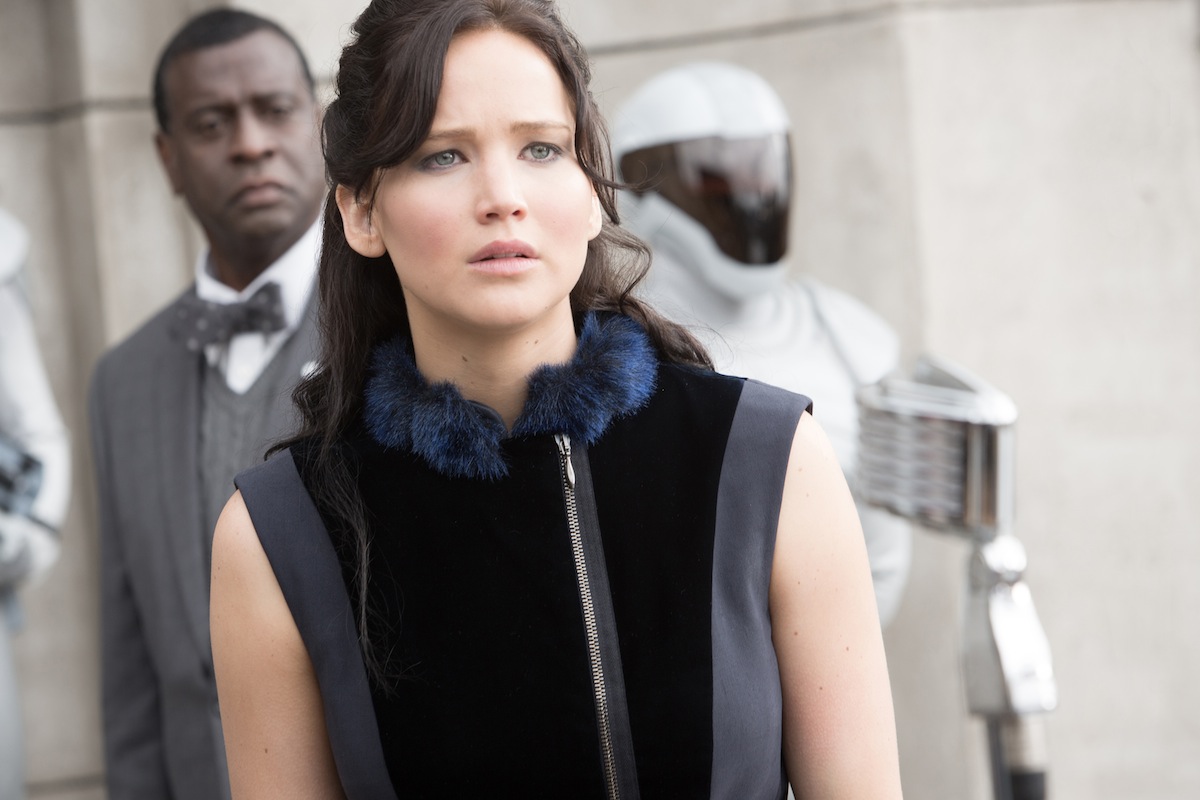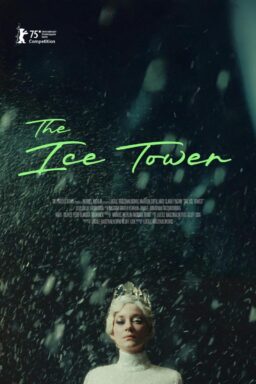Every Sunday I perform the sabbathday ritual. First I scan the top ten films at the weekend box office to count how many have female protagonists. Then I count how many are written, directed or produced by women.
Sunday December 8, 2013—a date which will live in righteousness—marked the third consecutive weekend that the top two movies have female protagonists. “The Hunger Games: Catching Fire” is centered on Jennifer Lawrence’s intrepid Katniss Everdeen. “Frozen,” a Disney animation focused on two very different sisters, voiced by Kristen Bell and Idina Menzel, co-directed by Jennifer Lee, who also wrote the screenplay.
That’s not all: “Philomena,” co-starring Judi Dench and “The Book Thief,” co-starring Sophie Nelisse, are all in the top ten.
As a practitioner of this ritual since 2000, I can tell you it is as rare as it is heartening that four of the top ten movies at the weekly box office star or co-star women.
Much as I enjoy “Catching Fire” and “Frozen”—fire and ice, like the Robert Frost poem—understand that in no way do I equate box office performance with intrinsic quality. I equate it with audience popularity. Still, last weekend’s box office numbers are gratifying. Even more gratifying are the demographics, which disprove the Hollywood superstition that males won’t go to movies that are female-driven. The New York Times reported that 43% of the audience for “Frozen ” is male. Variety reported that 41% of the audience for “Catching Fire” is male.
To the next studio marketing guru who parrots Hollywood’s conventional wisdom, “Women on the screen means no men in the audience,” understand that I will come back at you with these stats.

Admittedly, it is rare that the top two box office films are female-centered.
How rare? Glad you asked. The last time it happened was five years ago, according to boxofficemojo.com. The week was December 11-17, 2009 when “The Princess and the Frog” ranked first and “The Blind Side” second.
It was not always this rare.
Thanks to AMC’s filmsite.org, we can sift through top-ten box office films by the decade. The top three box office films of the 1930s are female centered: “Gone with the Wind,” “Snow White and the Seven Dwarfs” and “The Wizard of Oz.” In the 1940s, when the top three films are the Disney movies “Bambi,” “Pinocchio” and “Song of the South,” females and males share the screen in most of the other box-office hits: “Samson and Delilah,” “The Best Years of Our Lives,” “The Bells of St. Mary’s” and “Duel in the Sun.”
The 1950s and 1960s have more female representation than I would have guessed. Four of the top ten films of the 1950s are “The Lady and the Tramp,” “Cinderella,” “Sleeping Beauty” and “South Pacific” . Yeah, three of them are animated but you can’t have everything. The 1960s also score with four: “The Sound of Music,” “Mary Poppins,” “My Fair Lady” and “Funny Girl.”
The 1970s marks the rise of the modern male-dominant movie—”Jaws,” “Animal House,” “The Sting,” and “The Godfather “—but among the top 10 there are also “The Exorcist,” “Grease” and “Smokey and The Bandit,” which feature important female characters.
Though in the year 1980 there are three classic female-centered movies in the top ten—”Coal Miner's Daughter,” “9 to 5” and “Private Benjamin“—in the aggregate the decade’s box office is dominated by “Star Wars Episodes V” and “VI,” the first three “Indiana Jones” films, “Ghostbusters” and “Batman.” In the 1980s, despite Sissy Spacek, Goldie Hawn, Diane Keaton, Shirley MacLaine , Molly Ringwald Meryl Streep and Debra Winger, roles for women other than girlfriend-of are the exception.
As I wrote on this site in October, the Indiana Jones films represent what happens in the 1980s, when men are routinely exalted and women incrementally diminished. In the first film Karen Allen is a helpmate; in the sequel Kate Capshaw is helpless and in the third Allison Doody is the enemy. In 1985, after a steady diet of “Back to the Future” and “Weird Science,” I began to fear that Hollywood was favoring the boys-first reproductive customs then practiced in China and India.
The most important numbers aren’t the ones posted at the weekend, annual or decade box office. The most important numbers tell us who’s behind the camera and and who’s on screen.
A 2011 University of Southern California study examining the top 100 box office releases between 2007 and 2009 found that in films directed by men, 29 percent of the characters are female; in those by women 48 percent of the characters are. Put another way, in the movies there are 2.5 men for every woman.
“Women have served all these centuries as looking glasses possessing the magic and delicious power of reflecting man at twice his natural size,” teased Virginia Woolf nearly a century ago. The movies are a mirror distorted to reflect men at greater their number in the actual population.
In 2012, women directed 9 per cent of 250 top films at the box office. According to Martha Lauzen’s annual “Celluloid Ceiling” report, this is the highest percentage since 2000, when it was 11 per cent.
This week, I ran the preliminary numbers for 2013 (which could shift by year’s end). As of this week, 8.4% of the top-250 films are female-directed, a slight dip from last year.
In “Surf City,” Jan and Dean sang “Two girls for every boy.” It’s the inverse and much worse with Hollywood directors, where there are roughly nine men for every woman. That’s a good ratio if you’re a woman looking for an opposite-sex dance partner, but not if you’re a moviegoer looking for gender parity on screen.
Perceptions die hard, even when there’s no data to support them. Like the one that men won’t buy tickets to movies about women and the one that women won’t see violent films.
Paul Dergarabedian, a media analyst at Rentrak, which measures the entertainment industry, doesn’t think it’s a taboo, if it ever was, for men to go to movies about women. Ask him to explain the rise of the male-dominated film in the 1980s and he answers, “Because of ‘Star Wars’ and ‘Indiana Jones,’ it was the perception in the 1980s that teenage boys were driving the market.”
There’s one other industry perception that I’d like put to rest once and for all. Hollywood executives often explain the movies’ gender asymmetry by saying women can identify with male characters on screen but it’s harder for men to identify with women.
If that’s so, doesn’t that give women a directorial advantage that men lack?
Follow Carrie Rickey at carrierickey.com.











